What’s Wrong With My Ginseng – Learn About Ginseng Disease Control
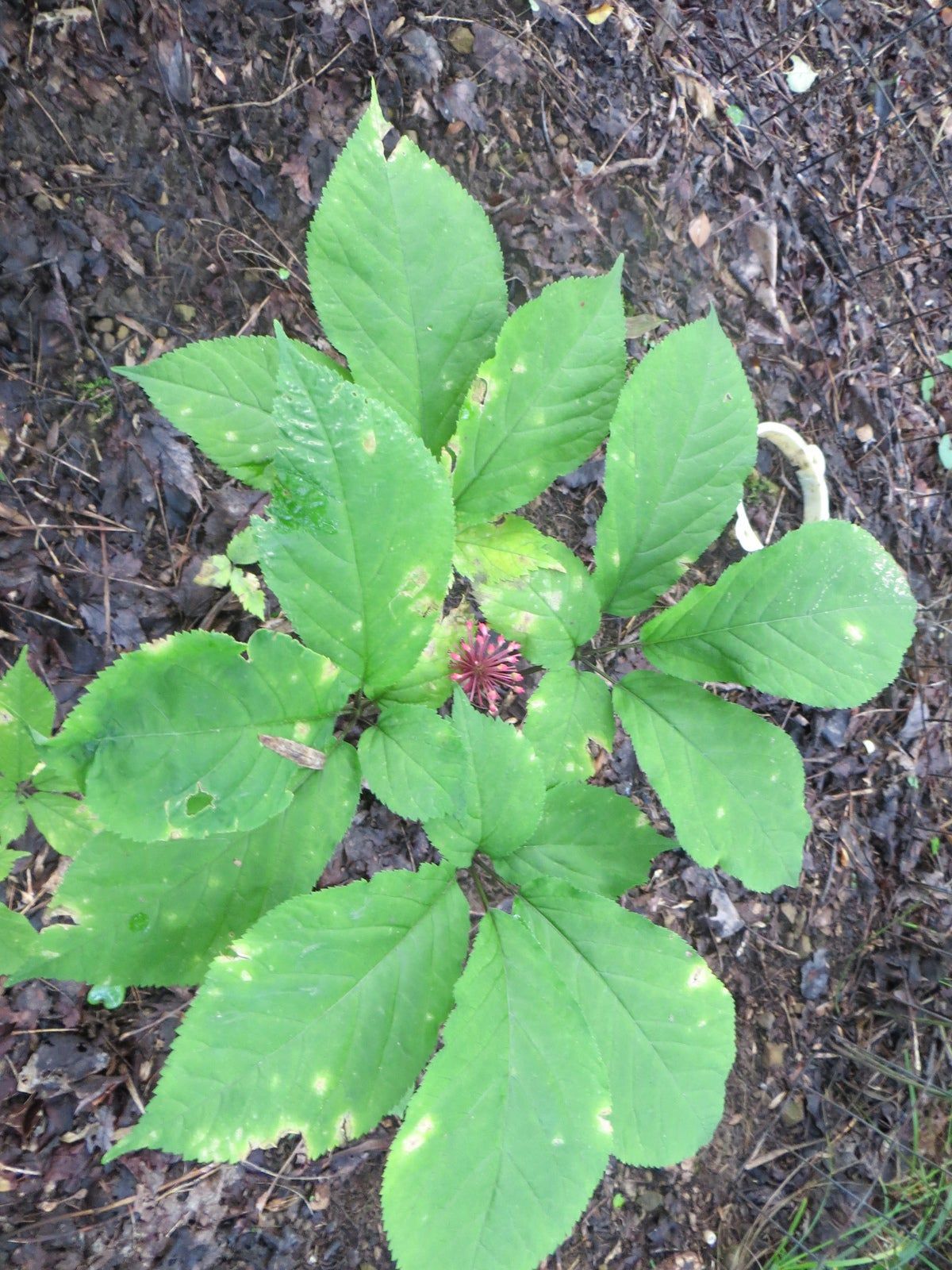

For many, the process of growing ginseng is quite an exciting endeavor. Whether grown in containers at home or planted en masse as a means of income, this rare plant is highly prized - so much so, that many states have strict regulations about the growth and sale of ginseng root. Before growing ginseng, gardeners can learn more about the specific laws in their states by contacting their local agriculture extensions and natural resources department.
Growing from rather expensive seeds, it is easy to imagine that growers may become quite alarmed when faced with sick ginseng plants.
Troubleshooting Ginseng Diseases
Though ginseng can be cultivated throughout much of the United States, there are several plant disease issues that may occur. Like many plants, ginseng requires very specific growing conditions in order to truly thrive. When these conditions are not met, this may lead to various fungal issues. Sudden symptoms may leave growers to wonder, “What’s wrong with my ginseng?”.
Common Diseases of Ginseng
Among the most common ginseng diseases are alternaria blight and phytophthora.
Alternaria blight presents itself in the form of dark circular spots on the ginseng foliage and lesions at the base of the plant’s stem. As the disease progresses, plants may prematurely begin to lose their leaves, or even completely collapse as the stem weakens. This will cause a decrease in the plant’s root production, and ultimately, smaller yields in the future at harvest time.
Another fungal disease, phytophthora, is caused by the fungus called Phytophthora cactorum. Much like alternaria blight, phytophthora will often first manifest in the form of irregular leaf spotting. Damaged leaves may dry and fall from the plant. This fungal disease may cause the roots of the plant to begin to rot, resulting in plant loss.
Ginseng Disease Control
When it comes to ginseng disease control, there are a few options for growers. While those growing ginseng for commercial purposes may be able to use fungicides to control these issues, such fungicides are not commonly available to home growers.
Gardening tips, videos, info and more delivered right to your inbox!
Sign up for the Gardening Know How newsletter today and receive a free copy of our e-book "How to Grow Delicious Tomatoes".
Home growers are able to combat these forms of blight by maintaining proper garden sanitation. Plants that show signs of diseases should be removed and destroyed. To prevent the further spread of the disease, all tools and equipment should be cleaned.
In addition to these methods, care at planting time will help to prevent the development of these fungal issues. Ensuring that plants are spaced adequately will allow proper air circulation to be achieved. This, in tandem with a well-draining planting site, will help to avoid root rot and other foliar diseases.

Tonya Barnett has been gardening for 13 years. Flowers are her passion. She has transformed her backyard into a cut flower garden, which she regularly chronicles on her YouTube channel http://www.youtube.com/@tonyawiththeflowers.
-
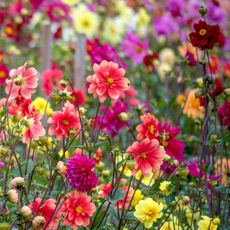 Cut Flower Garden For Beginners: 8 Easy Decorative Floral Plants For Newbies To Grow
Cut Flower Garden For Beginners: 8 Easy Decorative Floral Plants For Newbies To GrowAre you new to growing decorative florals for bouquets and ornamental displays? A cut flower garden for beginners is well within reach if you grow these flower seeds
By Tonya Barnett
-
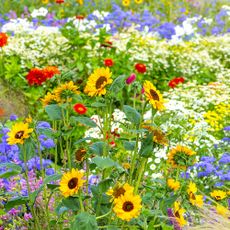 10 Flower Seeds To Sow In April For Endless Blooms Through Summer & Fall
10 Flower Seeds To Sow In April For Endless Blooms Through Summer & FallDiscover the best annual and perennial flowers to plant in April to ensure a sea of color in borders and containers that lasts all summer and into fall.
By Bonnie L. Grant
-
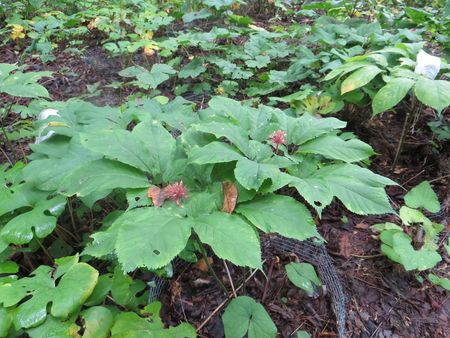 Ginseng Winter Care – What To Do With Ginseng Plants In Winter
Ginseng Winter Care – What To Do With Ginseng Plants In WinterMany people are able to produce adequate crops of ginseng root in a wide range of climatic conditions. With special consideration and the establishment of seasonal care routines, growers can maintain healthy ginseng plants for years to come. Learn about winter care here.
By Tonya Barnett
-
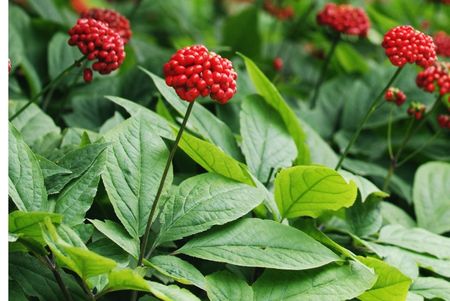 What Is Asian Ginseng – Learn How To Grow Korean Ginseng Plants
What Is Asian Ginseng – Learn How To Grow Korean Ginseng PlantsGinseng is featured prominently in a number of energy drinks, tonics and other health related products. On many of these products, the type of ginseng is called Asian or Korean ginseng root. The following article discusses how to grow Korean ginseng root.
By Amy Grant
-
 Wild Simulated Ginseng Plants: How To Grow Wild Simulated Ginseng
Wild Simulated Ginseng Plants: How To Grow Wild Simulated GinsengGinseng can command a significant price and may be an excellent opportunity for non-timber income on forest lands, which is where some enterprising growers plant ginseng. Click here to find out what wild simulated ginseng is and how to grow this plant yourself.
By Amy Grant
-
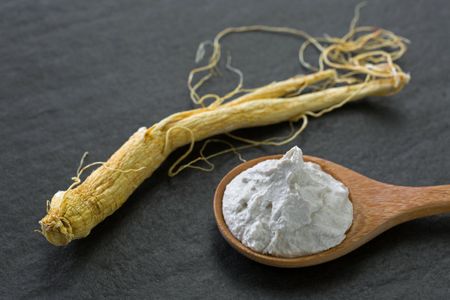 Medicinal Ginseng Remedies – Using Ginseng For Health Benefits
Medicinal Ginseng Remedies – Using Ginseng For Health BenefitsIn Asia, medicinal ginseng dates back several centuries. In North America, herbal ginseng use dates back to the early settlers, who used the plant to treat a number of conditions. Is ginseng good for you? What do medical experts say about using ginseng for health? Find out here.
By Mary H. Dyer
-
 Ailing Ginseng Plants – Identifying Common Ginseng Problems
Ailing Ginseng Plants – Identifying Common Ginseng ProblemsGinseng is a great plant to grow because you can enjoy a lot of potential health benefits from using the medicinal root. Unfortunately, there are a lot of ginseng problems you may encounter in the garden, as this is not the easiest plant to grow. Learn more here.
By Mary Ellen Ellis
-
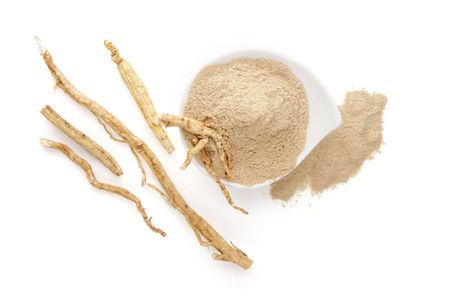 Dried Ginseng Root: Learn How To Store Ginseng Plants
Dried Ginseng Root: Learn How To Store Ginseng PlantsGrowing ginseng as an alternative crop is increasing in popularity, but it does take some commitment and it is necessary to learn how to dry ginseng root properly and store for later use. The information in this article can help with that.
By Amy Grant
-
 Potted Ginseng Care: Can You Grow Ginseng In Containers
Potted Ginseng Care: Can You Grow Ginseng In ContainersGinseng prefers to grow outdoors, either in beds or in pots. If you have questions about growing ginseng in containers, click here. We’ll give you information about potted ginseng including tips to help container-grown ginseng thrive.
By Teo Spengler
-
 Varieties Of Ginseng For The Home Gardener
Varieties Of Ginseng For The Home GardenerThere are several types of ginseng on the market today, including a few varieties of “ginseng” that are similar in many ways, but aren’t actually a true ginseng. Click on the following article to learn more about different types of ginseng.
By Mary H. Dyer